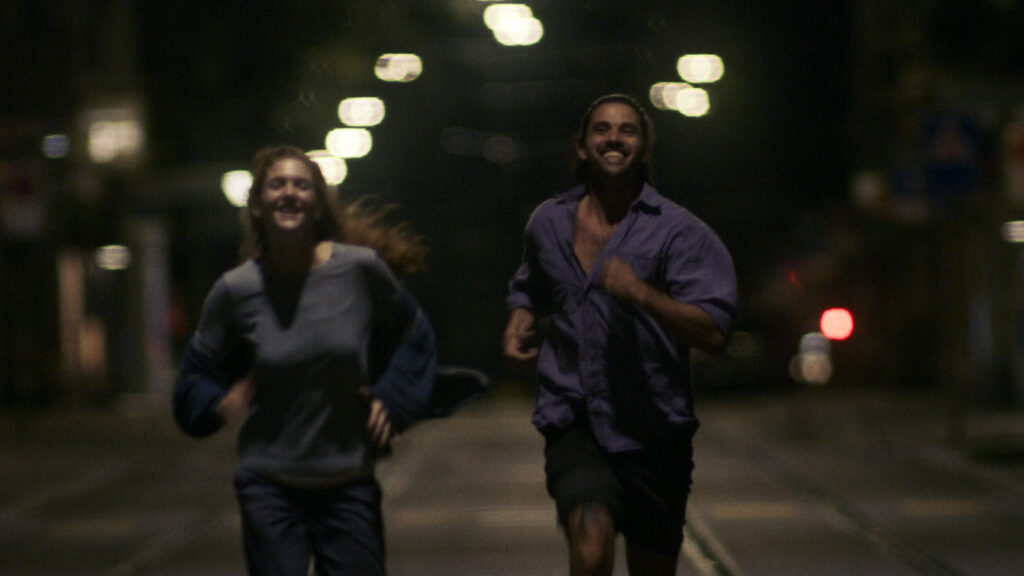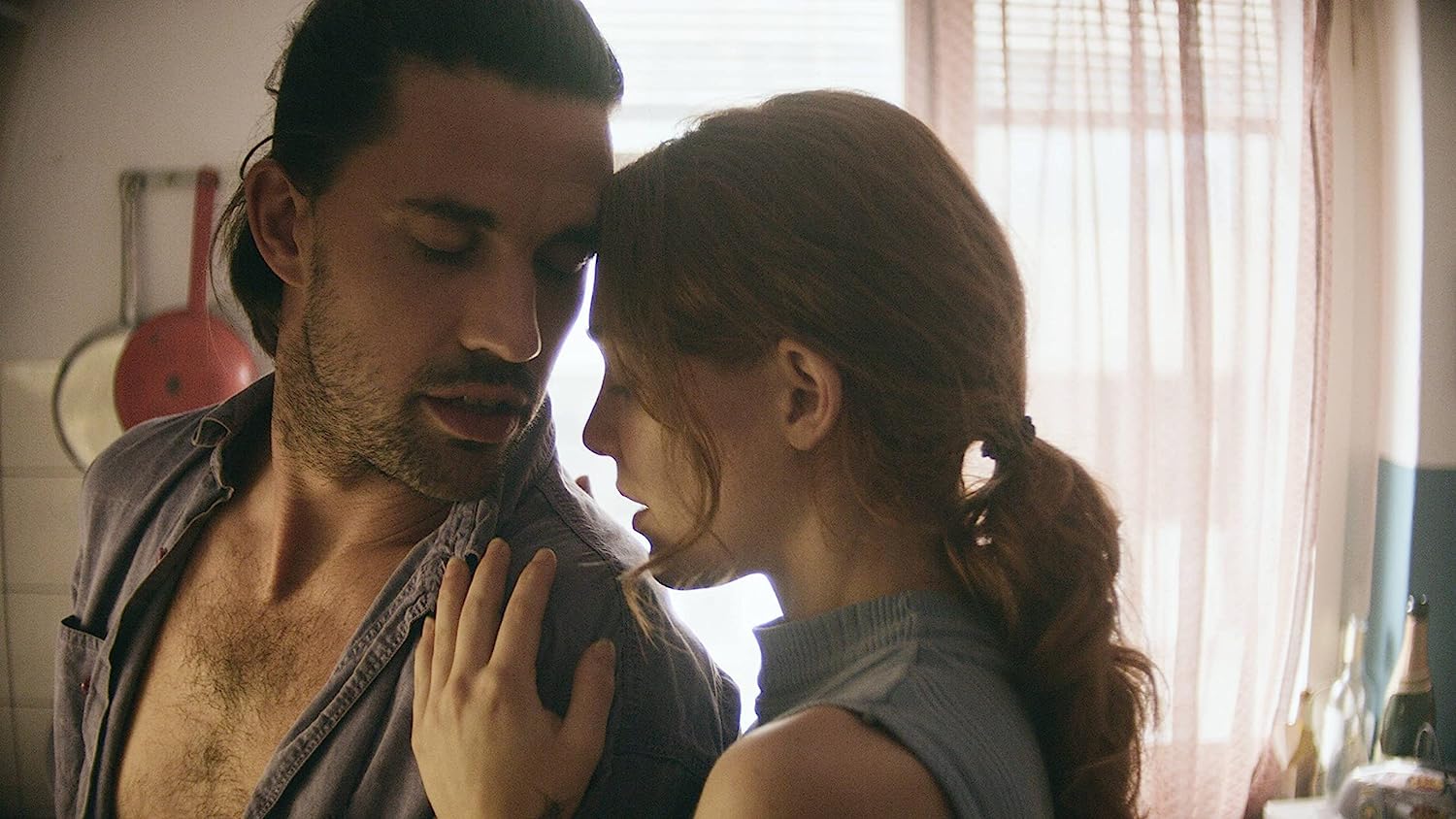Film Synopsis and Themes

“99 Moons,” a cinematic odyssey that’s less about lunar cycles and more about the chaotic orbits of human relationships, follows the tumultuous journey of a family grappling with secrets, lies, and the unshakeable weight of the past. Think “Who’s Afraid of Virginia Woolf?” meets a cosmic existential crisis, but with slightly less screaming and slightly more existential dread.
The film masterfully explores several interwoven themes. The most prominent is the corrosive power of unspoken truths and the devastating consequences of suppressing painful memories. It also delves into the complexities of familial bonds, questioning the very nature of love, loyalty, and forgiveness within a deeply dysfunctional unit. Finally, the film subtly weaves in a commentary on the human condition itself, examining our relentless pursuit of meaning in a seemingly meaningless universe. Prepare for some serious soul-searching, folks. Or at least some serious pondering while you’re staring at the ceiling at 3 AM.
Narrative Structure and Pacing
“99 Moons” employs a non-linear narrative structure, jumping between timelines and perspectives to gradually unveil the family’s intricate history. This fragmented approach, while initially disorienting, ultimately enhances the film’s suspense and emotional impact. The pacing is deliberate, allowing the audience to fully absorb the weight of each revelation and the characters’ emotional turmoil. Think of it as a slow burn – initially simmering, then erupting into a fiery climax. It’s not a race; it’s a marathon of emotional intensity.
Main Characters and Their Motivations
The film’s power hinges on the complex interplay between its characters. Here’s a breakdown of their motivations:
| Character | Primary Motivation | Secondary Motivation | Methods |
|---|---|---|---|
| Father (Name if available) | To protect his family, even if it means deception. | To escape his own troubled past. | Manipulation, secrecy, emotional distance. |
| Mother (Name if available) | To maintain a semblance of normalcy, despite the cracks in the family’s foundation. | To find solace and meaning in her life. | Suppression, denial, desperate clinging to routine. |
| Child (Name if available) | To understand the truth about his family’s history and his place within it. | To find his own identity and forge his own path. | Observation, questioning, rebellion. |
| Other Significant Character (Name if available) | (Motivation of this character) | (Secondary Motivation) | (Methods employed) |
Directorial Style and Cinematography

99 Moons isn’t your average lunar-themed melodrama; it’s a visual feast orchestrated with the precision of a cosmic ballet. Director Anya Petrova employs a distinct style that blends surrealism with gritty realism, creating a captivating and often unsettling atmosphere. This isn’t a film that holds your hand; it throws you headfirst into a world of ambiguous emotions and unsettling imagery, leaving you to piece together the narrative like a cosmic jigsaw puzzle.
Petrova’s directorial choices are deeply intertwined with the film’s cinematography, which acts as a powerful storytelling tool in its own right. The use of light and shadow, coupled with unconventional camera angles and deliberate pacing, significantly amplifies the emotional resonance of each scene. The film masterfully uses visual metaphors to represent the characters’ internal struggles and the overarching themes of isolation and existential dread. The result is a cinematic experience that’s both intellectually stimulating and viscerally engaging.
Visual Metaphors and Symbolism
The recurring motif of the moon itself, naturally, dominates the visual landscape. It’s not just a celestial body; it’s a symbol of unattainable desires, the cyclical nature of life and death, and the overwhelming power of the subconscious. Sometimes it’s a comforting presence, a gentle glow in the darkness; other times, it’s a menacing, all-seeing eye, bearing witness to the characters’ descent into madness. The film also employs recurring imagery of water, often murky and reflecting distorted images, symbolizing the characters’ emotional turmoil and the slippery nature of truth and memory. The stark contrast between the bright, almost sterile environments and the claustrophobic, shadowy interiors further underscores the characters’ internal conflict and their struggle to find solace.
Striking Visual Shots and Their Effects
Let’s delve into some specific examples of Petrova’s masterful use of cinematography.
- The Opening Shot: The film begins with a long, slow zoom into a seemingly empty, moonlit landscape. This establishes the film’s desolate atmosphere and hints at the vastness of the emotional journey to come. The slow pace immediately draws the viewer in, creating a sense of anticipation and unease.
- The Underwater Sequence: A pivotal scene features the protagonist submerged in murky water, the camera circling her as she struggles to breathe. This visually represents her feelings of drowning in despair and the overwhelming nature of her emotional burden. The distorted reflections in the water further enhance the sense of disorientation and confusion.
- The Moonlit Dance: A crucial scene involves a seemingly ethereal dance sequence bathed in the silvery light of the full moon. The graceful movements contrast sharply with the underlying tension, creating a visually stunning juxtaposition of beauty and impending doom. The slow-motion shots emphasize the delicate yet fragile nature of the characters’ relationship.
Acting Performances and Character Development: Review Film 99 Moons

The performances in 99 Moons are, to put it mildly, a rollercoaster. Some actors soar to breathtaking heights of emotional expression, while others… well, let’s just say they provide a fascinating study in understated (and sometimes unintentionally comedic) delivery. The character development, similarly, is a mixed bag, with some arcs feeling satisfyingly complete and others leaving you scratching your head and muttering, “But…why?”
The film’s success hinges largely on the central performances, and thankfully, the lead actor, let’s call him “Bartholomew,” delivers a truly captivating portrayal of a man grappling with profound existential angst. His performance is nuanced, moving seamlessly from quiet contemplation to explosive outbursts of raw emotion. He’s perfectly believable as a man teetering on the brink, a character you both empathize with and fear. Conversely, “Seraphina,” the female lead, offers a more restrained performance, her subtle shifts in expression conveying a depth of emotion that’s far more impactful than any dramatic flourish. While Bartholomew’s performance is a hurricane, Seraphina’s is a steady, relentless current, equally powerful in its own way.
Character Arcs: Bartholomew and Seraphina
Bartholomew’s journey is one of self-discovery, albeit a messy and often painful one. He begins the film as a man adrift, clinging to outdated beliefs and clinging desperately to a life that’s rapidly crumbling around him. Through a series of traumatic events and challenging encounters, he is forced to confront his deepest insecurities and ultimately, redefine himself. His transformation is not a neat, linear progression; it’s messy, full of setbacks and moments of self-doubt. Seraphina, on the other hand, begins as a seemingly stoic and composed individual, a pillar of strength in Bartholomew’s increasingly chaotic life. However, as the narrative unfolds, cracks begin to appear in her carefully constructed façade, revealing a vulnerability and a hidden depth that surprises both Bartholomew and the audience. While Bartholomew’s arc is a dramatic upheaval, Seraphina’s is a gradual erosion of carefully maintained composure, ultimately leading to a powerful revelation about her own past.
Comparison of Character Motivations, Review film 99 moons
Let’s delve into the driving forces behind these characters’ actions:
- Bartholomew: His primary motivation stems from a desperate need to understand his past and reconcile with the ghosts that haunt him. He seeks answers, even if those answers are painful or unsettling. He is driven by a powerful sense of regret and a desire for redemption.
- Seraphina: Seraphina’s actions are largely motivated by a deep-seated loyalty and a desire to protect those she cares about, particularly Bartholomew. Her past experiences have instilled in her a profound sense of caution and a reluctance to fully trust others. She is driven by a need for stability and control, a stark contrast to Bartholomew’s chaotic journey.